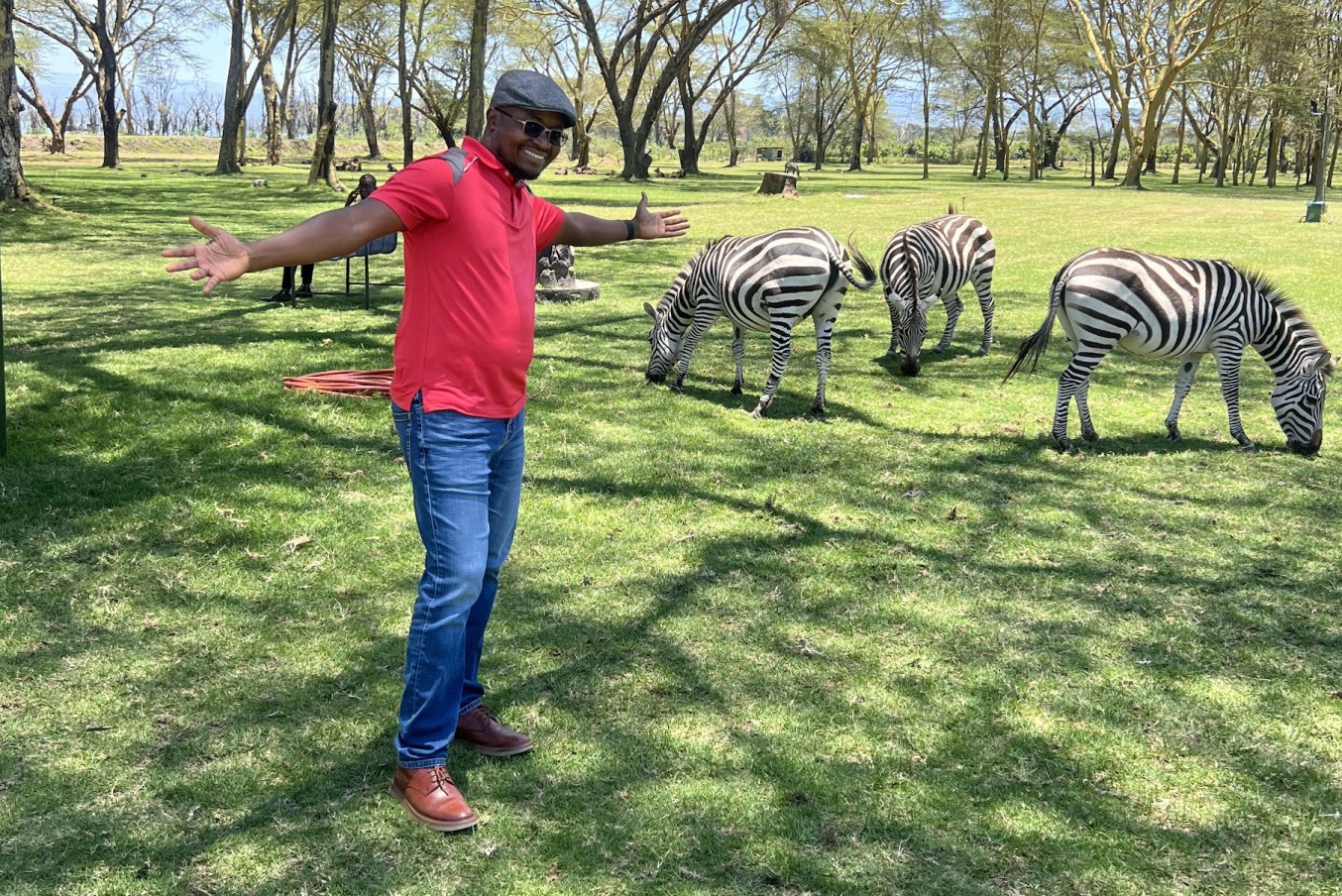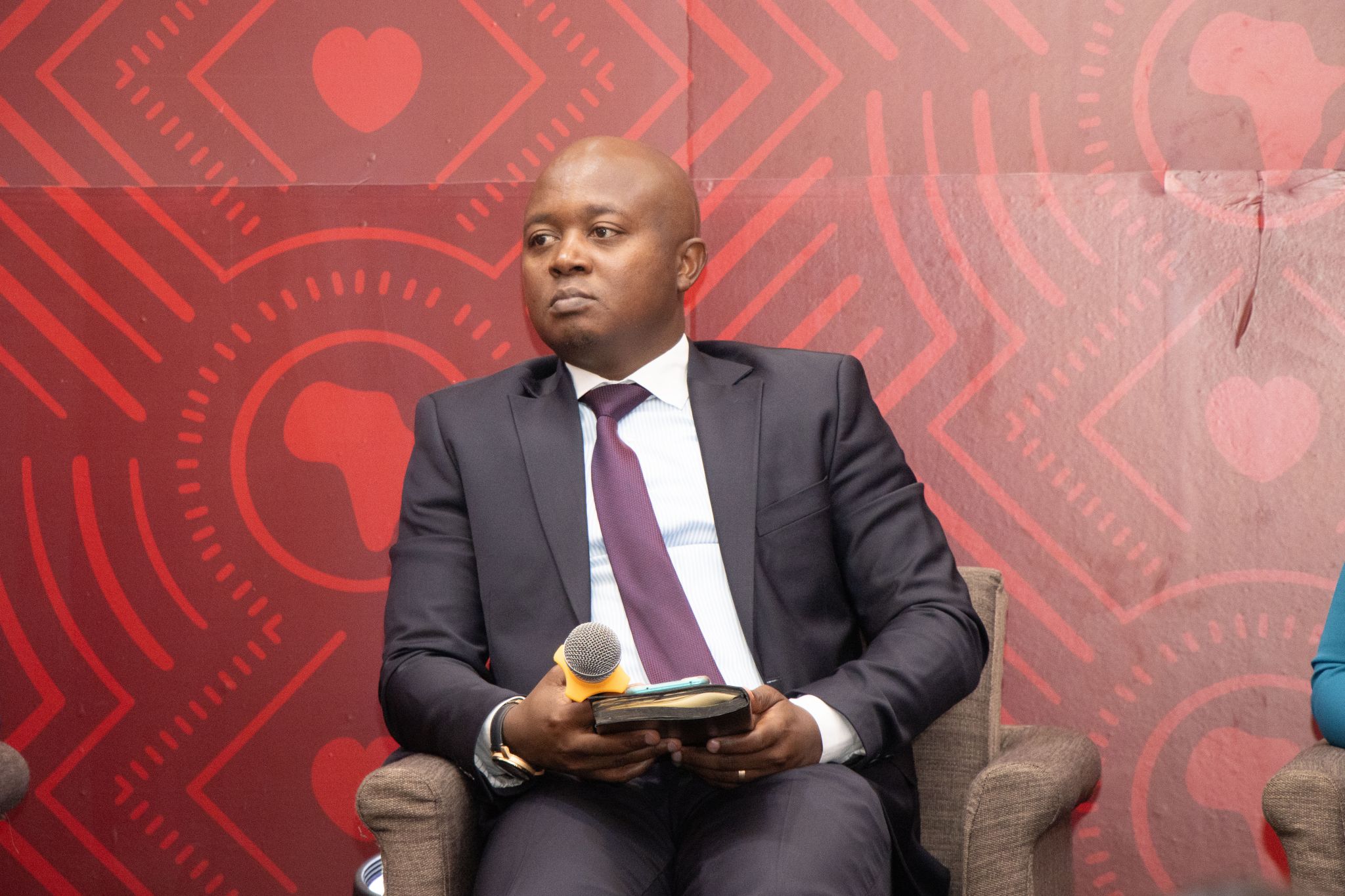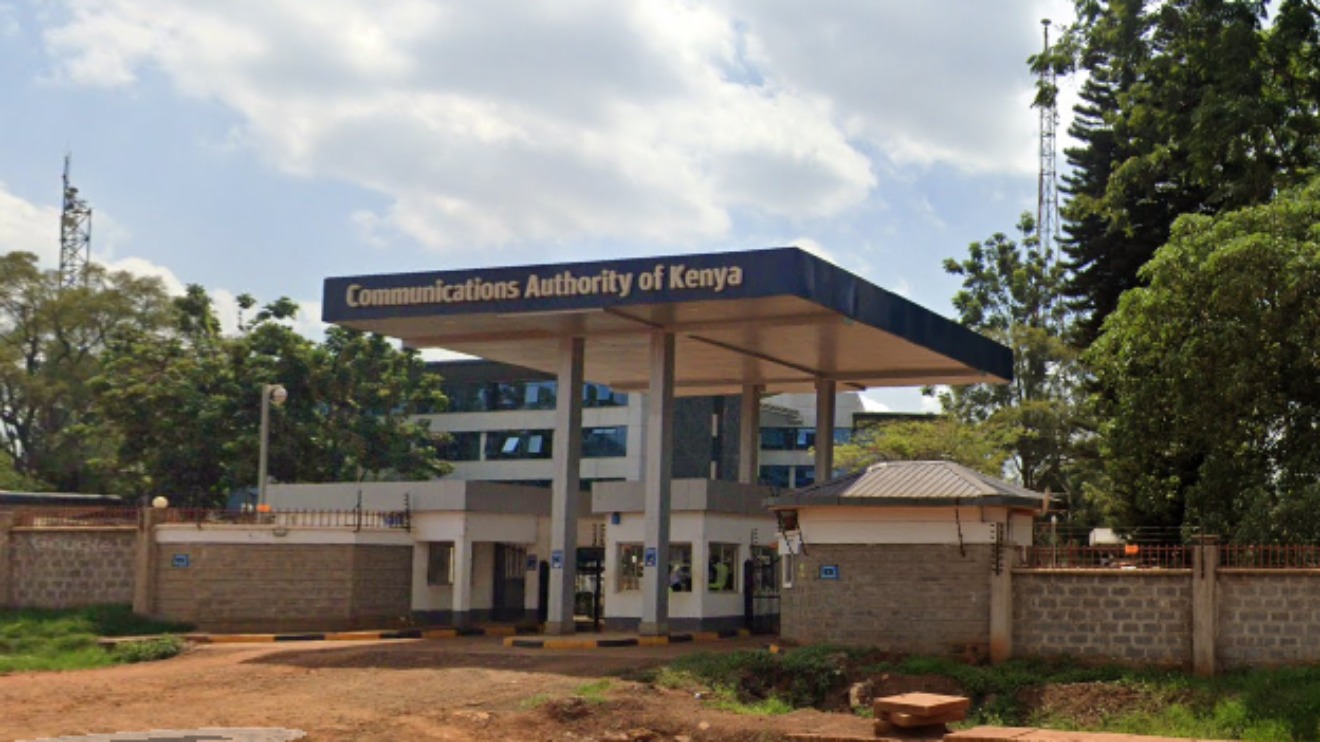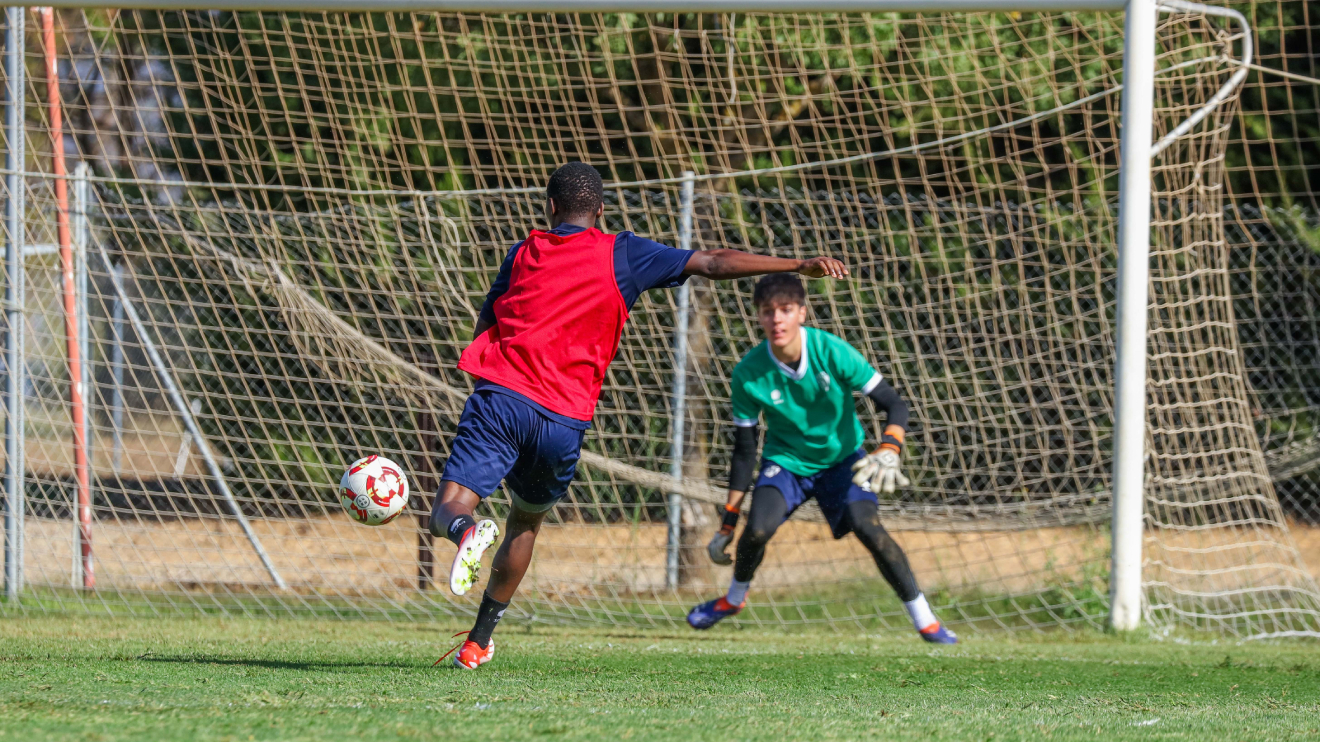Kenya’s tourism sector is once again in the spotlight as government and private sector leaders align efforts to rebrand the country into a premier global destination.
The latest push comes from Tourism and Wildlife Cabinet Secretary Rebecca Miano, who has appointed a 23-member Taskforce on Repositioning Kenya’s Tourism Brand.
Its key mission being to create strategies that will upscale youth employment in the travel and tourism sector while ensuring long-term sustainability.
The Dream Team
The Taskforce on Repositioning Kenya’s Brand Through Tourism to Support Youth Employment in Travel and Tourism is chaired by Maryanne Musangi Kirubi, the accomplished corporate leader and current Managing Director of Haco Industries.
Read More
Musangi is deputised by consultant Monali Shah, former Integrated Marketing Communications Lead at Coca Cola Africa, who brings extensive corporate and tech expertise to the table.
The high-powered team includes a mix of corporate, marketing, and tourism leaders: Nelly Wainaina (NCBA), Dr Yvonne Tharao (Madison Group) John Musau (Tamarind), Isabelle Rostom (Coca-Cola), Carolyne Kendi (Consultant), Zizwe Awuor (Safaricom), June Chepkemei (Kenya Tourism Board), Simaloi Dajom (NMG), Serah Katusia (Belva Digital), Rosalind Gichuru (KCB) and others from banking, aviation, media, and conservation sectors.
With their diverse experience, the Chief Marketing Officers are expected to inject fresh ideas into Kenya’s tourism rebrand, which has lacked bold innovation for over a decade.
Mandate & Expectations
The taskforce has 12 months to deliver a new blueprint for Kenya’s tourism brand with its key assignments including:
• Creating a unified brand identity for Kenya’s tourism.
• Proposing strategies to boost youth employment in the travel and hospitality sectors.
• Enhancing Kenya’s competitiveness against rivals like South Africa, Egypt, and Tanzania.
• Designing digital-first, storytelling-driven campaigns to captivate global audiences.
Conservation & Sustainability
Parallel to this, the Kenya Wildlife Service (KWS) recently concluded a nationwide public participation exercise on proposed new park fee regulations.
The reforms by KWS are aimed at providing sustainable funding for wildlife protection, infrastructure upgrades, and community benefit programs across the country.
If approved, the higher park fees are expected to secure the future of Kenya’s world-renowned safari destinations while ensuring local communities also benefit.
Together, the taskforce and reforms propelled by KWS mark a broader effort to breathe new life into Kenya’s tourism industry.
Why Diversify?
For decades, Kenya’s tourism sector has rested on the twin pillars of wildlife safaris and the Indian Ocean coast, but these attractions alone are not enough to fully unlock our potential.
To rake in higher revenues and attract all-year-round visitors, the country must diversify its offerings; from cultural tourism, adventure and sports, to creative industries and conferencing.
A reimagined brand can put Kenya ahead of the curve and appeal to younger, experience-driven global travelers marking a significant turning point for our tourism numbers.
Numbers & Potential
Tourism is one of Kenya’s largest foreign exchange earners and the government projects Sh560 billion in revenue in 2025, a 24 per cent increase from 2024.
The National Tourism Strategy (2025–2030) targets:
• 3 million tourist arrivals in 2025, growing to 5 million by 2030.
• Over Sh1.2 trillion in revenue by 2030.
• Creation of 2.5 million tourism-related jobs.
Currently, the sector supports 1.2 million jobs, mainly in hospitality, transport, and tour operations, but with better branding and investment, aviation, conferencing, and creative tourism could unlock thousands more opportunities.
Employment & Youth Pressure
Kenya faces a youth unemployment crisis and the Federation of Kenya Employers (FKE), paints a grim picture that youth aged 15–34 (who make up 35 per cent of the population) have a staggering 67 per cent unemployment rate.
Each year, more than a million young people enter the job market, many without formal training hence why tourism, which already contributes nearly 10 per cent of GDP, must be a central pillar for job creation.
Reimagined Future Brand
Kenya’s tourism potential is unmatched: from the Great Wildebeest Migration in the Maasai Mara and pristine beaches, to cultural heritage, sports tourism, and emerging creative hubs.
With digital-first marketing, conservation investment, and bold storytelling, the sector could play a pivotal role in Kenya’s sustainable future.
The formation of the Musangi-led taskforce signals a renewed urgency to reposition Kenya as a travel hotspot, and also as a youth employment engine and a driver of green growth.
According to the World Travel and Tourism Council (WTTC), Kenya’s tourism contribution to GDP could grow by 7.4 per cent annually, reaching Sh1.7 trillion by 2034 to hire over 2.2 million people.
Road Ahead
To get to the promised land, the Musangi team must:
• Rethink the waning “Magical Kenya” brand.
• Open up new, untapped destinations beyond the Maasai Mara and Coast.
• Involve young people in the rebranding process, tapping their creativity to build a first-class, inclusive, and youth-driven tourism experience.
Kenya cannot afford to remain static; a bold, diversified, and future-facing brand is the only way to ensure tourism remains a resilient economic pillar and a lifeline for millions of young Kenyans.




-1753808187.jpeg)






